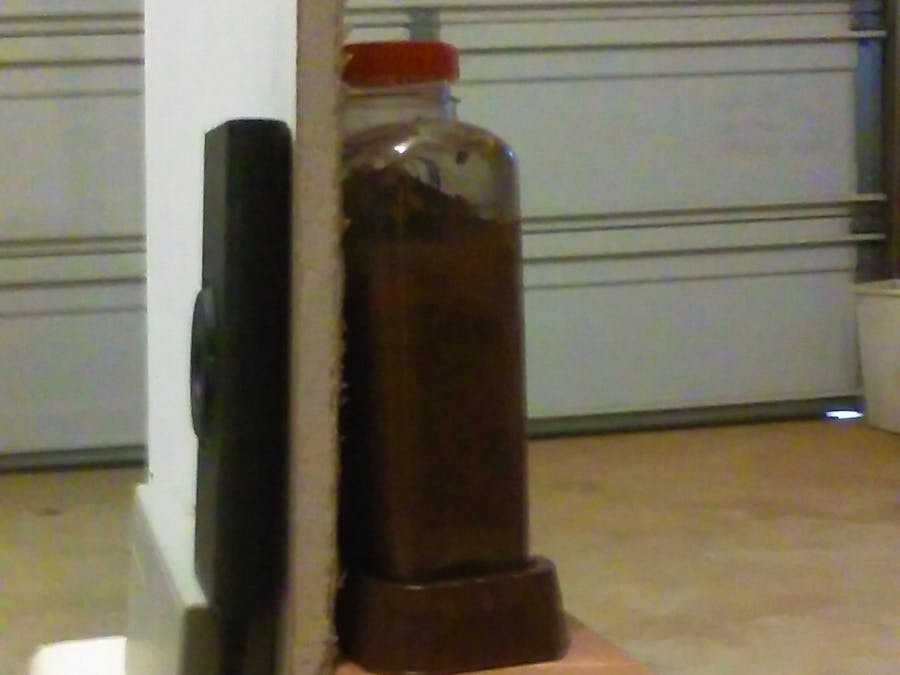What is a bane and fear of every homeowner? Termites! These little creatures only need water and cellulose to survive and they want the cellulose (wood) in our houses! The damage they do can go on for years before they are discovered. The Termite Detector proposes, in a nondestructive manner, to discover the destructive insects well before they do any real damage.
With the imaging capabilities of the Walabot possibly combined with sensitive microphones (Termites actually make a fair amount of noise when consuming cellulose) I believe it will be possible to make an effective detector of termite presence. I would expect it to be used on walls, floors, crawl space structures and even concrete/brick foundations. It may even work on the soil under and around the house, depending on parameters such as soil composition, density and moisture content.
Imagine how much money can be saved! Think about the peace of mind a home owner or even a business owner will have knowing their property has been scanned and deemed clear of termites by the Walabot based Termite Detector System.
Implementation:Due to the nature of Termites, I decided it would be safer to simulate a Termite nest and activity with Ants. Ant Farms are easy and inexpensive to obtain and there is no risk of them escaping and cause damage to our home. So I bought and Ant Farm and some live ants.
The ants supplied are harvester ants and they are very active. I figured that these type of ant would work well with a radar detection system. Unfortunately, detecting their activity proved to be difficult. In fact, I could never really tell if they were there or not.
Additionally, for some reason I had trouble keeping the ants alive. They started dying fairly quickly even though I followed the instructions on feeding and watering. Within a week or so the first nest was dead so I ordered more. The 2nd batch died even quicker. I ended up getting my last batch of ants locally but they were starting to die but slower and they were not very active at all compared to the harvester types that you order online.
As for detecting the ants, whether directly with the Walabot against the ant farm or more closely simulating a wall, behind sheet rock, I could see not difference in the signals whether or not the ants were moving. I tried a number of different API function calls but to no avail.
I am hoping to get back to this project again in the future and either try with ants again, go to a local university's Entomology Dept (Where they keep live termites) or try another termite simulating method I thought of which is falling rice through a series convoluted paths (This simulates small dense, moving objects moving through solid material).
Sorry about my lack of success. I was excited about this project and its possibilities. Your Walabot device is very interesting and has numerous applications it can be used and maybe I can try to use it for something entirely different.
Sincerely,
Mark Foley



_copy_P5AWOdT4dX.png?auto=compress%2Cformat&w=48&h=48&fit=fill&bg=ffffff)
Comments
Please log in or sign up to comment.